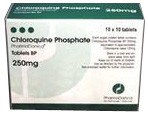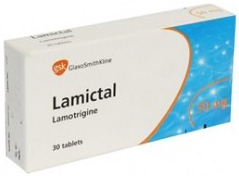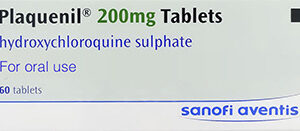Overview of Chloroquine
Chloroquine is a medication primarily used to prevent and treat malaria, including malaria caused by chloroquine-sensitive strains of parasites. It is also used in the treatment of amoebiasis, lupus erythematosus, and rheumatoid arthritis. Chloroquine belongs to the drug class known as 4-aminoquinoline.
Pharmacodynamics of Chloroquine
Chloroquine interferes with the growth of Plasmodium parasites in the red blood cells of the human body by inhibiting heme polymerase, an enzyme critical to the parasite. It also has immunomodulatory effects, which can be beneficial in inflammatory conditions such as lupus erythematosus and rheumatoid arthritis.
Pharmacokinetics of Chloroquine
The drug is rapidly and almost completely absorbed from the gastrointestinal tract when taken orally. It is widely distributed in body tissues including the liver, spleen, kidney, and lung. It has a large volume of distribution, as it accumulates in various body tissues and in leucocytes and macrophages. Chloroquine is metabolized primarily in the liver and is excreted in urine. Its elimination half-life is approximately 1 to 2 months.
Indications and Usage
Chloroquine is indicated for the prophylaxis of malaria due to Plasmodium species that are susceptible to chloroquine when travel to these areas of malaria endemicity cannot be avoided. It is also indicated for the acute treatment of malaria. For amebiasis, it is used as an adjunct to other ameba-killing agents. In autoimmune diseases, it is used for its anti-inflammatory effects.
Administration
Chloroquine should be taken with food to reduce gastrointestinal discomfort. For malaria prophylaxis, the medication is typically started 1 to 2 weeks before traveling to an area where malaria is prevalent and continued for 4 weeks after leaving the area. Dosage may vary based on individual circumstances.
Dosage Forms
Chloroquine is available as 250 mg and 500 mg tablets. For children, the dosage is adjusted by the body weight. The medication also comes in injectable forms for more severe cases, typically used in a hospital setting.
Contraindications
Chloroquine is contraindicated in patients with known hypersensitivity to 4-aminoquinoline compounds or any ingredients in the formulation. It should not be used in patients with retinal or visual field changes attributable to 4-aminoquinoline compounds.
Important Precautions
Use chloroquine with caution in patients with gastrointestinal, neurological, or blood disorders, and in those with a known allergy to quinine. Retinal toxicity, potentially leading to irreversible retinopathy, is a serious concern with chloroquine use and necessitates periodic ophthalmologic examinations.
Drug Interactions
Chloroquine potentially interacts with ampicillin, antacids, cimetidine, cyclosporine, and other medications. It may also potentiate the effects of antiepileptic drugs and arrhythmogenic drugs. Coadministration with other antimalarials that prolong the QT interval should be done with caution, as this may increase the risk of cardiac arrhythmias.
Adverse Reactions
Potential adverse effects include gastrointestinal symptoms such as nausea, vomiting, and diarrhea, central nervous system symptoms including headache and dizziness, and dermatologic reactions such as pruritus and rash. Long-term use can lead to ocular toxicity.
Monitoring and Assessment
Patients on chloroquine should have periodic complete blood counts, liver, and renal function tests, and ocular examinations, especially when long-term therapy is intended. These assessments monitor for potential adverse effects and toxicities associated with chloroquine use.
Overdosage and Management
In cases of chloroquine overdose, immediate medical attention is required. Overdosage can lead to severe and sometimes fatal cardiotoxicity. Activated charcoal may be administered to reduce drug absorption if within one hour of ingestion. Cardiac and respiratory support may be necessary, as well as aggressive decontamination and seizure control measures.
Pregnancy and Lactation
Chloroquine has been shown to have a risk of causing fetal harm. Therefore, it should only be used during pregnancy if the potential benefits justify the risk to the fetus. It is known to be excreted in human milk; thus, caution should be exercised when administered to nursing mothers.
Storage and Handling
Chloroquine should be stored at room temperature, protected from light and moisture. Keep the medication in its original container, tightly closed, and out of reach of children and pets to prevent accidental ingestion.
Dispensing Instructions
Pharmacists should counsel patients on the importance of taking chloroquine exactly as prescribed and educate them on recognizing side effects that warrant medical attention. Patients should also be reminded of the necessity for periodic monitoring if they are on long-term therapy.






Reviews
There are no reviews yet.